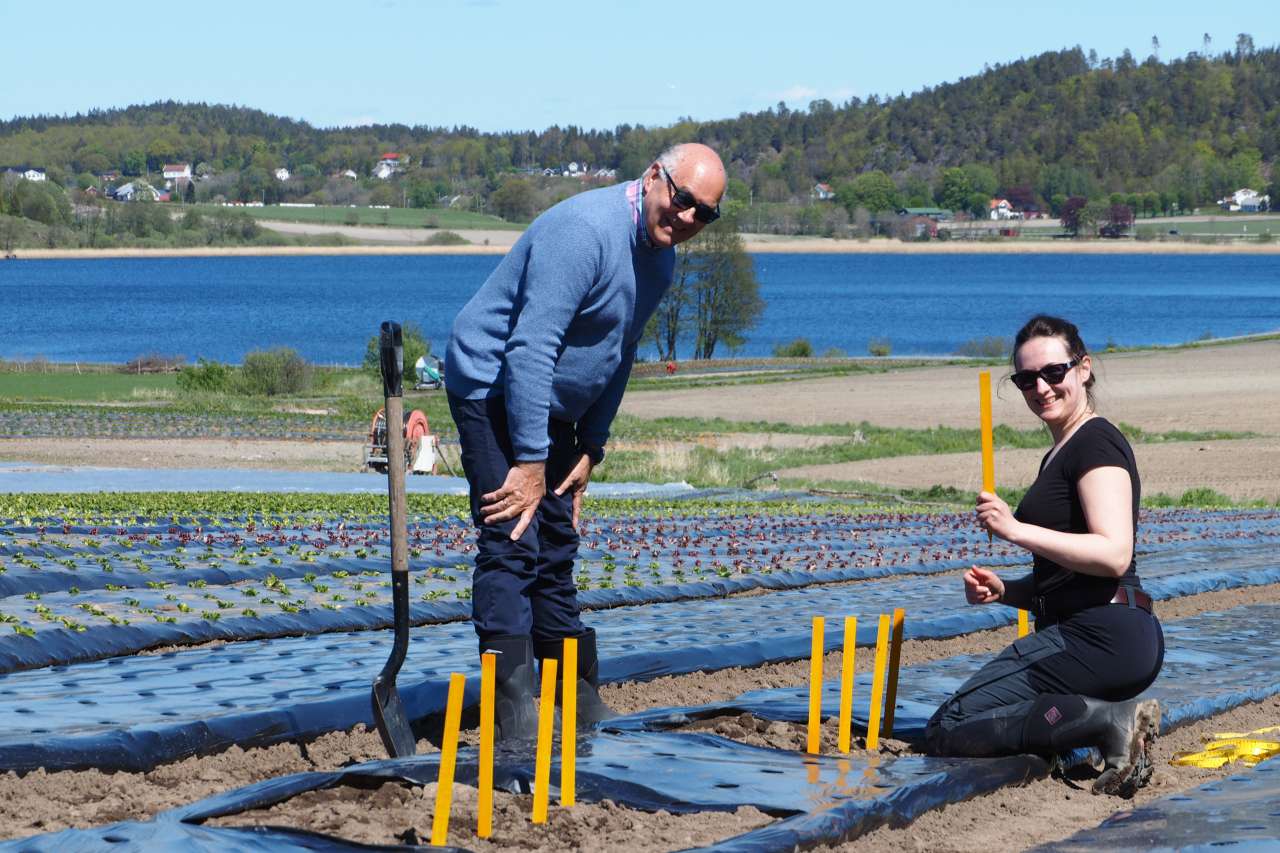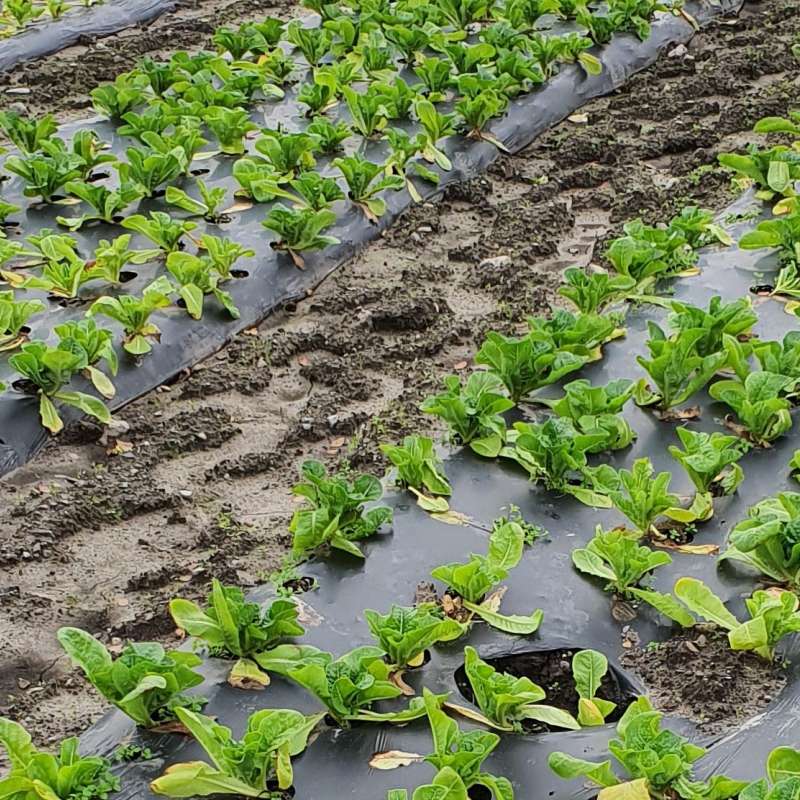How degradable is biodegradable plastic?

Photo: Pierre-Adrien Rivier
More and more farmers are replacing conventional plastic mulch with biodegradable mulch film that can be tilled directly into the soil after use. Researchers are now examining how degradable it is in Norwegian conditions.
Biodegradable plastic requires a certain temperature to break down in soil, along with the presence of certain types of bacteria, fungi and other organisms. The extent to which the plastic degrades also depends on soil type.
"If the conditions are not optimal for degradation, farmers may run the risk of the plastics they plow into the soil remaining there for long periods, and also accumulating," explains researcher Claire Coutris, who leads the DGRADE research project.
In the summer of 2020, nylon bags containing different types of biodegradable mulch film were buried on farms all over the country. Together with laboratory trials, this field test could provide information on how quickly and under which conditions the plastic films degrade, both with and without the presence of various soil organisms.
As well as clarifying whether biodegradable agricultural mulch breaks down completely in the Norwegian climate, or whether it turns into macro- or microplastics that accumulate in the soil, the researchers will look at what fate awaits biodegradable and compostable plastic in waste streams. This in order to determine whether composting and biogas production could be a source of plastics in the environment.
A third aspect of the project is to describe the environmental costs/benefits of biodegradable plastics and provide a life-cycle perspective of these materials in agriculture and waste streams.
"The hope is that, through good collaboration and communication, we can give farmers, consumers and waste companies advice on how to handle and use degradable plastic correctly. We also hope that this knowledge will benefit the manufacturers of degradable plastics," Coutris says.
Contacts

Contacts


